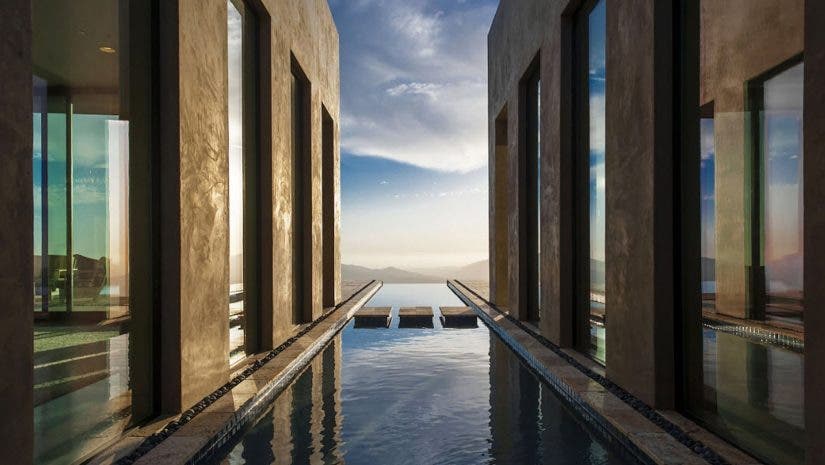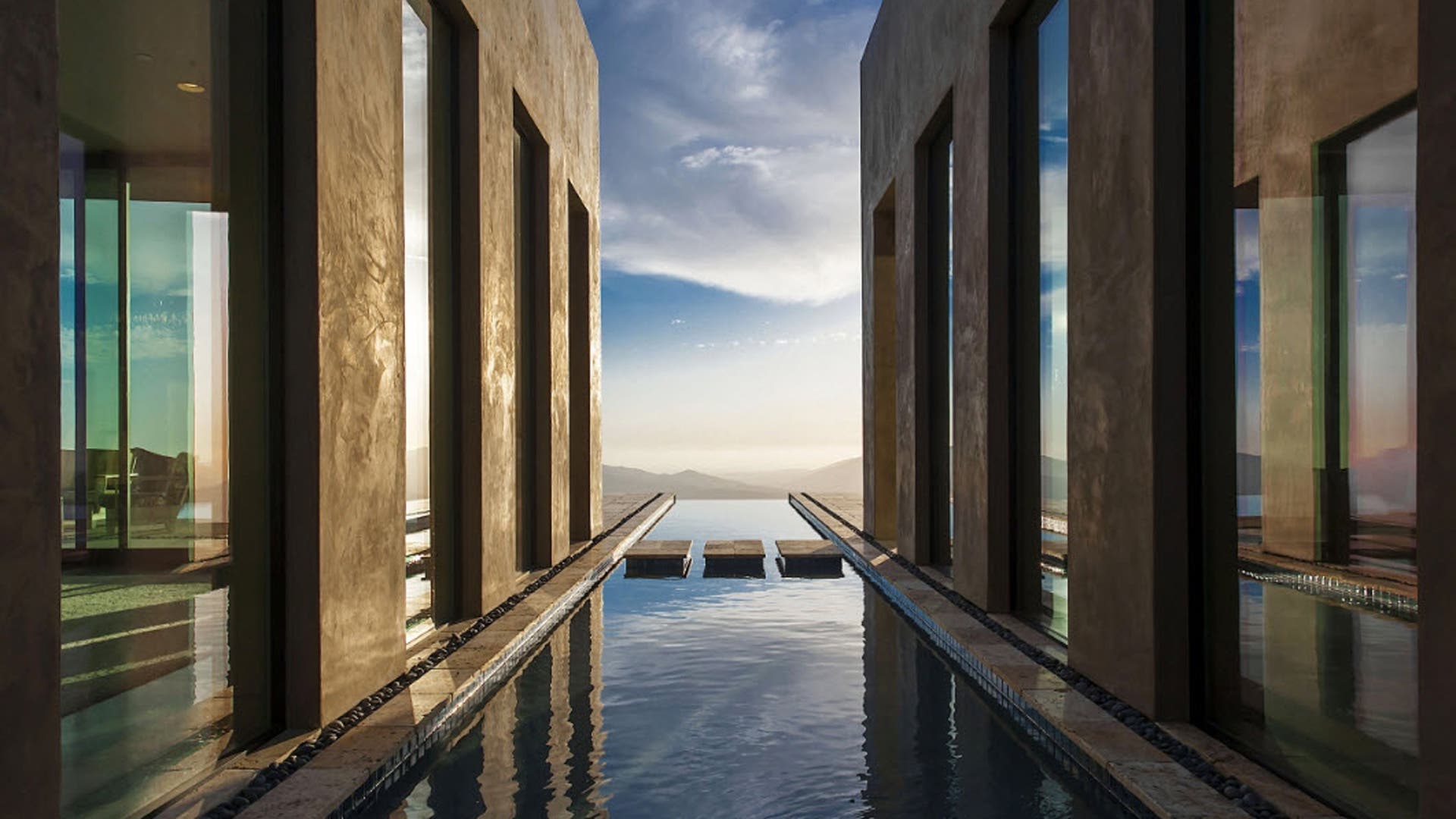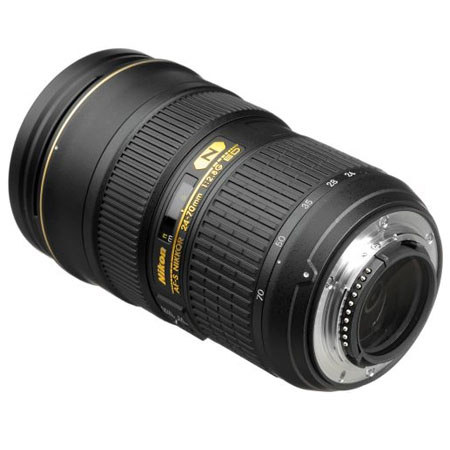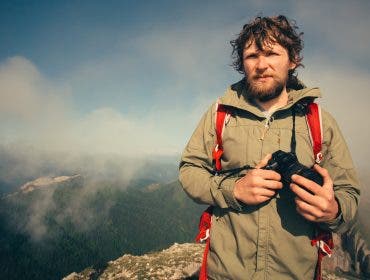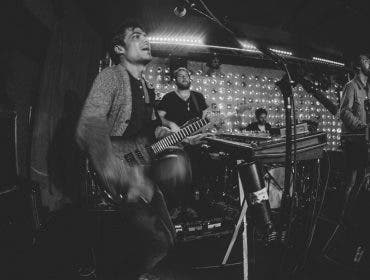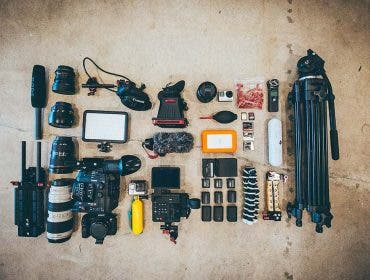One of the benefits of being a photographer is combining the artistic outlet of creating distinctive images with the thrill of all the high-end professional gear. As a professional, both intrigue me and with my more than 19 years of experience in architectural photography, I have become very familiar with the specific equipment essential for producing top-tier imagery. There are obviously many lenses that would work well for architectural photography, however, I am most familiar with Nikon and will only be writing about that brand in this article.
I am going to almost exclusively recommend zoom lenses here. Zoom lenses are not as sharp as their fixed focal length equivalents, but what is gained in portability and ease of composition far outweighs that small and largely imperceptible difference. I recommend what is commonly referred to as the “Holy Trinity” or “Trifecta” of lenses. Nikon has three lenses that can easily be all that you need when shooting architecture, commercial or industrial photos. With some skill and experience, and a few other tools, you can create impactful images with just one or two of these choices. All of these lenses are somewhat expensive, going for about $2,000, so I have listed them in what I consider an order of priority for most architectural photography needs.
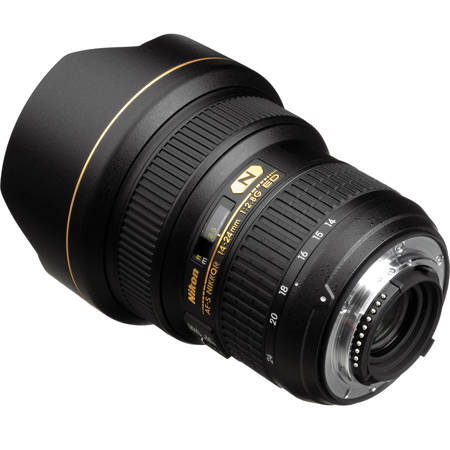 Nikon 14-24mm f/2.8G ED-IF AF-S Nikkor Lens
Nikon 14-24mm f/2.8G ED-IF AF-S Nikkor Lens
This is a superior, versatile lens and may be the only lens you need. It certainly is the most important and the first lens you should buy, and it’s all I had for many years. This is a fast, ultra-wide angle lens and is one of the sharpest lenses you can buy. The arch or bulbous front element of this lens can accommodate both a very tight shot and also cover a very large building. Often in architectural photography (especially interiors) you are stuck in a very small space. This lens will give you the coverage you need to show these small areas with minimal distortion. Filters for this lens are extremely expensive and require a large and somewhat cumbersome adapter. Even with a filter, great care must be taken to guard against anything touching this lens.
Nikon 24-70mm f/2.8G ED-IF AF-S Nikkor Lens
Occasionally a client may request a portrait or a simple headshot of a staff member or employee. Although an 85mm fixed focal length lens is ideal, this lens set at 70mm will get the job done. Even though you are specializing in architecture, it is always good to have some flexibility and be able to provide additional services for a good client. The small amount of distortion created by the wider 70mm can easily be corrected in Photoshop or post-production. Here is an example of how this lens can be used to shoot food at a recent hotel shoot.
This lens, as compared to the previous one, has a traditional front that easily accommodates readily available screw-type filters. DO NOT buy a cheap filter. Remember, the sharpness of a lens is solely dependent on the quality of the glass the light travels through. A cheap filter could negate most or all of that beautiful lens investment.
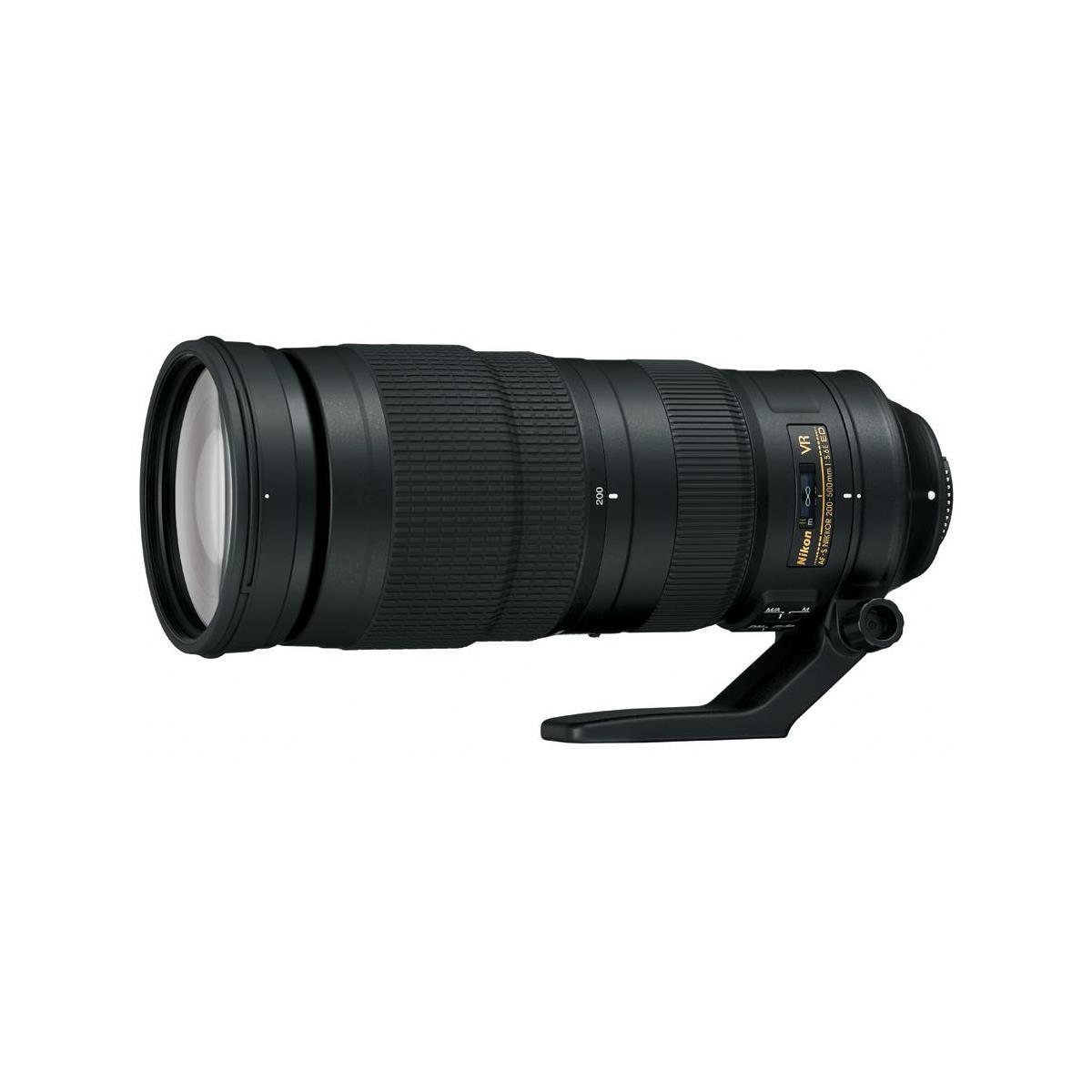 Nikon 70-200mm f/2.8G AF-S VR II Nikkor ED-IF Lens
Nikon 70-200mm f/2.8G AF-S VR II Nikkor ED-IF Lens
This is the least necessary of the trifecta, but can really make a difference for some shots. There are two reasons you would need this lens.
- You need to get a shot, but for some reason you can only take it from another building or from a moderate distance. The longer focal length that this lens provides can help overcome this location limitation.
- You cannot use your own lighting and you are casting a shadow over your subject, such as floor tile. With this lens, you could be far or high enough to eliminate this issue.
Some other quick tips:
- Get a cube or hot-shoe level. Fortunately, these are small and relatively inexpensive. This simple tool is INVALUABLE and truly makes a significant difference in your final images. Make sure is has a side-to-side and front-to-back bubble and two insertions for the different positions you need for any shooting situation.
- As mentioned previously, there are many things you can do in Photoshop to improve an image, however, if your client notices the changes, you have failed. An image is not usable in a marketing piece if the viewer is distracted by an obvious photo edit.
The amount of gear and amazing tools available today can be exciting and overwhelming, but you might actually find that the more experience you gain, the less “stuff” you actually need. A decent camera, a good lens and a sturdy tripod will get you through most any project.
